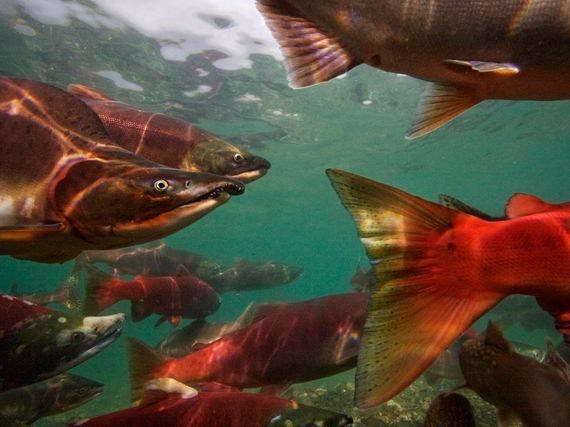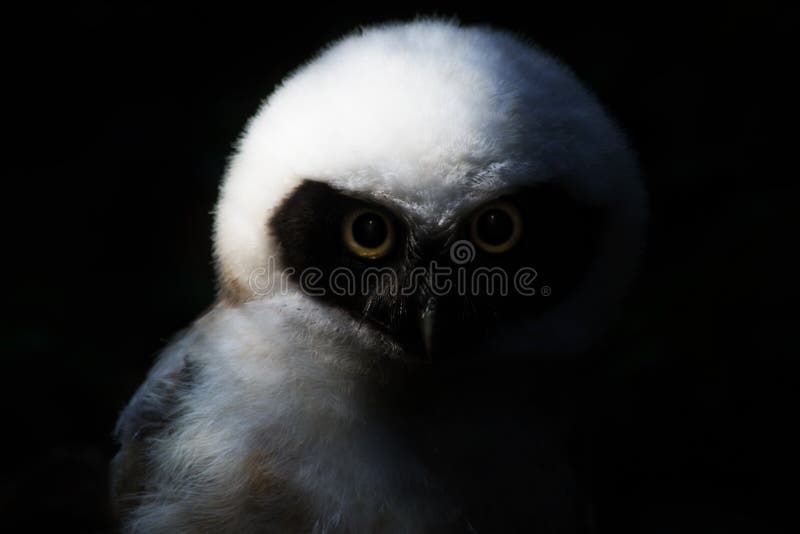

No, not that school: this particular word comes from a Middle Dutch word that refers to a group of animals together. The fish-true fish, at any rate-are the easiest to classify. But what distinguishes a herd from a flock, or a swarm from a colony? And what do you call a group of fish? "These prey can now respond to the predator, they can now avoid the predator," says Couzin, "and so we've really taken this technology much, much further, allowing us to continue exploring this integration of the real and the virtual worlds.Ask someone about collective nouns and they're liable to holler "a murder of crows!" or "an exaltation of larks!" While the dramatic collective nouns are the ones that get the most attention, we use a number of collective terms every day. They're adding a new projection system that allows the virtual prey to appear to move in three dimensions, and an eye-tracking technology for the fish that would give the virtual prey some real-time information about the predator's intentions. The results are published in the journal Science.Ĭouzin says that his lab is continuing to develop the technology to do more sophisticated tests. "To our knowledge that's the first time it's been done in a really clear, experimental way." "I think it's the first evidence that this coordinated behavior we see in bird flocks and fish schools, where individuals are really highly coordinated in the direction they're heading, has an anti-predatory effect," says Ioannou. What they learned is that in response to the attacks, the virtual prey spontaneously formed groups that not only aggregate but move together. "And so we could actually allow our virtual population to evolve the strategies that best avoid being attacked by real predators," says Couzin.

The researchers kept track of which individuals got attacked, and programmed the system so that those individuals' behaviors were less likely to be transmitted to the next generation of prey. And others would match their direction of travel with whoever was nearby. For example, some were strongly attracted to others and wanted to be close to them. The computer-generated prey items were each programmed to follow a different set of rules for behavior. The predatory fish would hover near a dot, and then strike - only to get a mouthful of nothing. "To the fish they look very much like little zooplankton, little creatures that live in the water body that move around, that we know group together in the natural environment," says Couzin. On the computer screen, the dots look red, but the projected images look white or slightly pink. The prey were little dots of light projected onto a transparent film on the inside of the tank. "And so we don't need to train them to attack our virtual prey." They will tend to hunt pretty much anything that's alive and in the environment that's smaller than them," says Couzin. "The nice thing about bluegill sunfish is they're generalist predators. Starlings fly over the Piazza Venezia as night falls in Rome.

That's virtually impossible," says Christos Ioannou at the University of Bristol in the United Kingdom. "It is very hard to manipulate the behavior of, say, a bird flock and then see what effect it has on a falcon. That's because it's been hard to come up with experiments that could test how different kinds of group behavior affect predation risk. "But in actual fact there is surprisingly little direct evidence." It has long been assumed that the schooling behavior of fish and the flocking behavior of birds evolved in part because it helps protect individuals from being attacked by predators, says Couzin. "And through playing that game, through seeing which virtual prey items they attack, we can get a very deep understanding of as to how behavioral interactions among prey affect their survival." "Effectively, what we're doing here is we're getting predatory fish to play a video game," says Iain Couzin, who studies collective animal behavior at Princeton University. It has long been assumed that the schooling behavior of fish evolved in part to protect animals from being attacked by predators.īy tricking live fish into attacking computer-generated "prey," scientists have learned that animals like birds and fish may indeed have evolved to swarm together to protect themselves from the threat of predators. A school of Blue Tang fish swimming together off the Caribbean island of Bonaire.


 0 kommentar(er)
0 kommentar(er)
